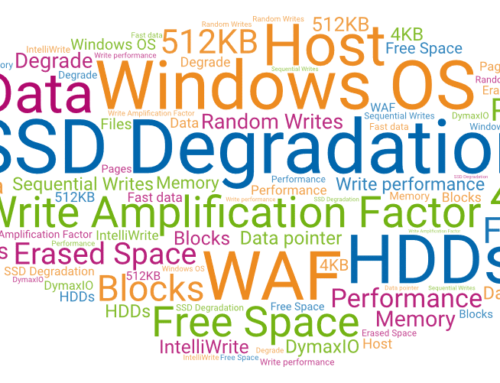Over the coming weeks I’ll highlight the new features and explain more about how and why they were developed. I’m starting off with one of the more obscure features which I briefly mentioned last month. This blog adds more information on the relevance of properly supporting VSS. Let me first start off by defining Volume Shadow Copy Service (VSS). VSS is a feature first introduced, by Microsoft, with Windows Server 2003. It uses a block-level copy-on-write technology to store the bits of data that changed within a file. Then, at scheduled intervals, it takes “snapshots” of the data on a volume, storing the changes currently held. Unfortunately, without special consideration, defragmentation and VSS aren’t very compatible. The issue is described in detail in a Microsoft Support Article. Diskeeper 2008 has a new (VSS) Compatibility defrag mode. This feature will run a special defragmentation method on Volumes that have VSS enabled. This method defragments the volume is such a way to minimize the FSCTL_MOVE_FILE(mechanism in Windows used by defragmenters)/VSS conflict. During our research and development of this feature we spoke with the Microsoft NTFS and VSS developers. By implementing certain procedures, we ensured we can provide the user the performance benefits of defragments without all the negative overhead on VSS and loss of snapshots of changed data. So why is this feature important?



Leave A Comment
You must be logged in to post a comment.